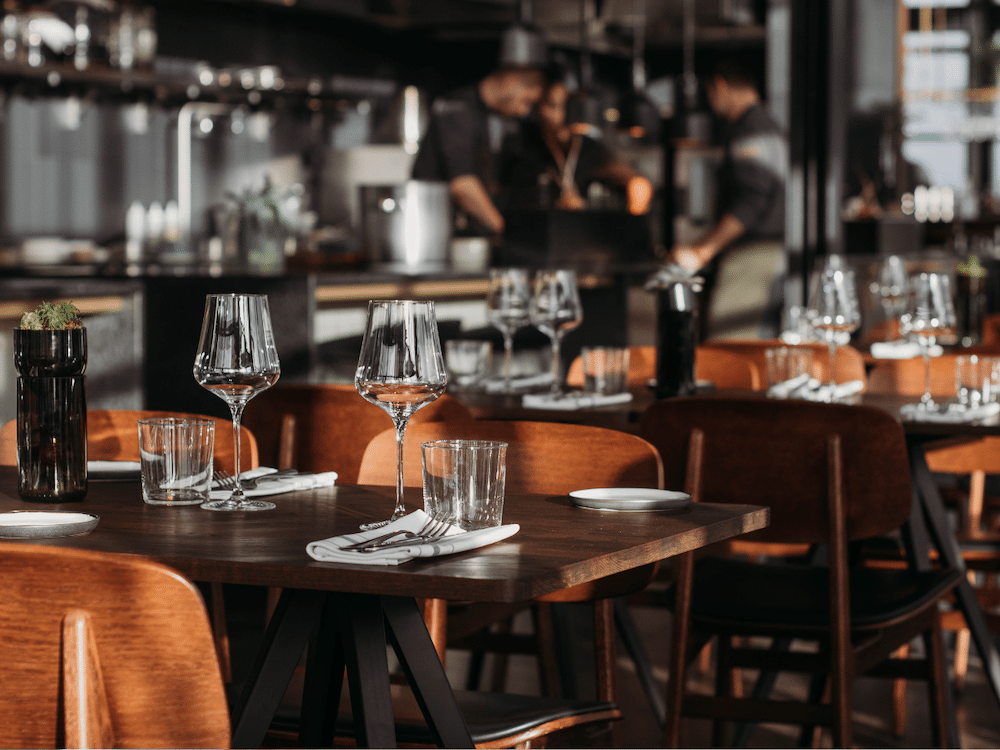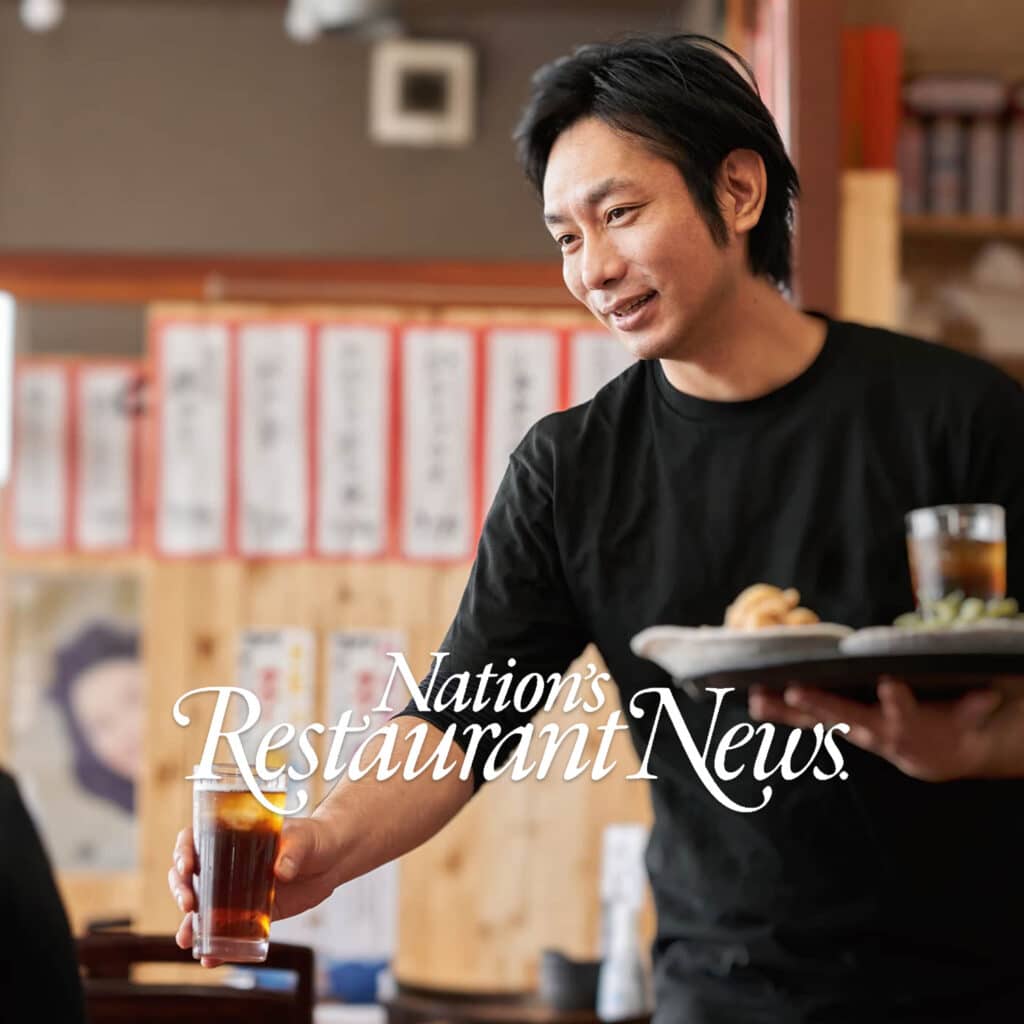The Great Resignation, food inflation, supply chain shortages, and more have caused automation to become a major advantage in streamlining operations for restaurant operators.
According to the National Restaurant Association’s 2022 State of the Restaurant Industry, below is the percentage breakdown of adult (age 18+) consumers who say they would be likely to use the following options if they were offered by a restaurant in their area they patronize:
- Order and pay for food or beverages using a restaurant website: 74%
- Pay using contactless or mobile payment options: 68%
- Order and pay for food or beverages using a computer tablet at the table: 67%
- Order and pay for food or beverages using a smartphone app: 64%
- Order and pay for food or beverages using a self-service electronic kiosk: 61%
- Access the menu on phone through a QR code: 58%
- Pay using a mobile payments platform such as Apple Pay or Samsung Pay: 56%
- Online ordering for takeout or delivery services using a voice-enabled platform such as Amazon Alexa, Google Home, or iPhone’s Siri: 46%
In all types of restaurants, the main goal is to deliver an outstanding customer experience. To create long-term, loyal customers, operators must deliver on customer expectations despite the lack of available labor.
Here are a few examples of how expanding the use of a technological solution can help alleviate the pain of the labor shortage:
QR codes
The restaurant technology behind QR codes has been around for a long time, but the popularity of this tool grew during the pandemic. QR barcodes allow for “touchless technology,” minimizing the amount of contact needed for a transaction. With QR codes, guests don’t need to touch a menu or even a paper receipt during the ordering process should they choose not to.
Kiosk ordering
Food ordering kiosks have transformed the food industry. They are most appreciated for reducing staffing requirements and reducing wait times, but they are also great for decreasing order errors and improving accuracy in order customization.
Mobile pay
Mobile apps that minimize contact are here to stay. It is time-consuming for both the customer and the server to use manual checks which involve requesting the check, running the payment, and waiting for the receipt. As a restaurant owner or operator, enabling these multiple payment options may even help your operations by both improving customer experience and offering operational efficiencies for table turns.
Customers are already using mobile pay and contactless payments for online shopping and daily errands, adding mobile pay as an option can help make ordering from your restaurant just as convenient.
Cashless kiosk for payment
While self-checkout kiosks have reduced the need for cashiers at many large grocery stores and eateries, there are still staffing costs associated with counting, balancing, recording, and depositing money. Kiosks that only accept electronic payments remove the time and costs associated with handling cash. It also alleviates the anxieties that come with housing a large amount of money on the premises, such as robbery, employee theft, and human error.
Robotics
The 2022 Winter Olympics debuted robots hanging from the ceiling in the press cafeteria and serving select cuisines individually, while other robots are actually cooking and preparing meals. However, the average restaurant won’t be using robotics at that level for quite some time.
Even while some fast-food companies have been experimenting with robotics for flipping burgers or working the deep fryer, this technology is still experimental. Even as the technology matures, it will require some level of human interaction, but the prospect of robots filling the gaps in labor and reducing labor costs are exciting.
Customer feedback
Social media can turn a single customer complaint into a viral nightmare. Monitoring review sites like Yelp and Hootsuite that aggregate data on posts, hashtags, and other related tracking metrics can help restaurants head off any potential reputation damage by issuing quick responses.
The ability to handle reviews as a data-driven process can help restaurants mitigate risk and even build a loyal following through savvy social media use. In fact, nearly two-thirds of marketers agree that social listening has increased in value during 2021.
Summary
Restaurants hold a special place in our hearts. It is a place where we gather with loved ones for dining experiences to celebrate birthdays, anniversaries, and promotions. Or to relax and enjoy a meal that we did not have to cook after a tough day. While nothing can replace human contact and great customer service in the restaurant industry, technology can alleviate some of the major pain points we are experiencing due to the labor shortage.
The current employee shortage has created the need for innovative technologies in our industry more than ever. That’s where Restaurant365 can help. Our back-office management solutions cover accounting, payroll, scheduling, inventory, manager logbook, and more to give you the insights and intelligence to identify what’s working and what’s not.
Find out how Restaurant365 can help you use technology to deliver on customer expectation.



